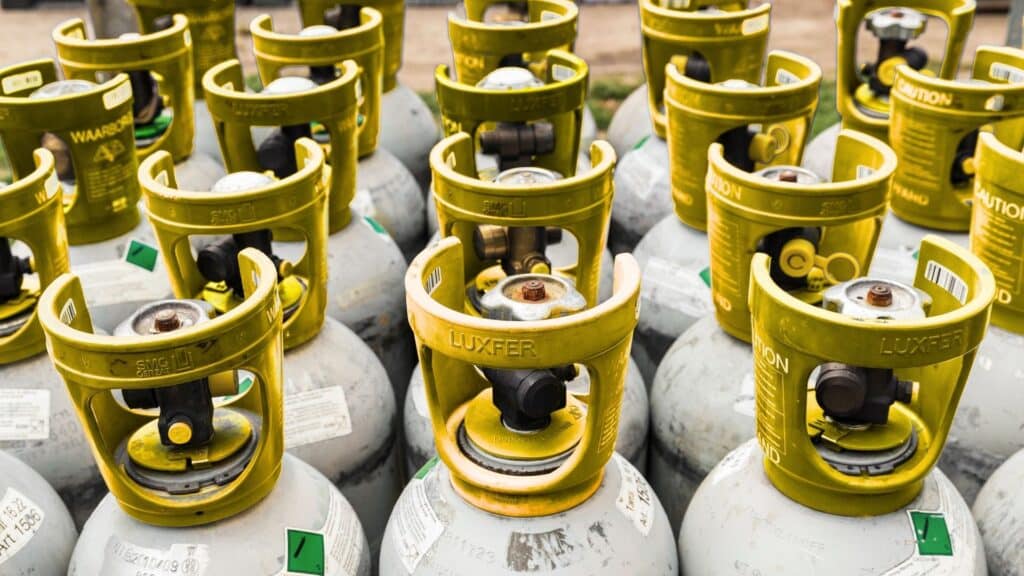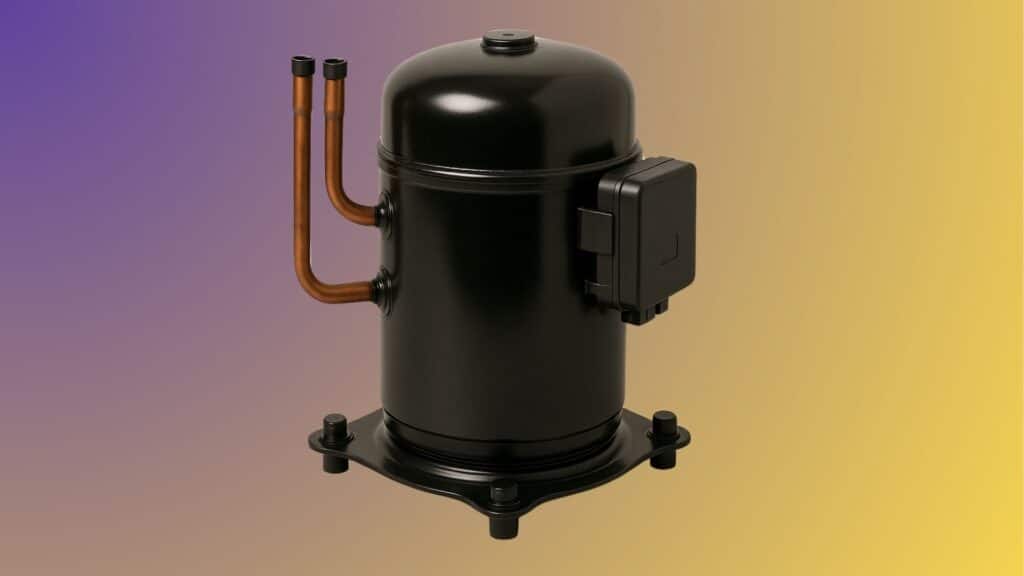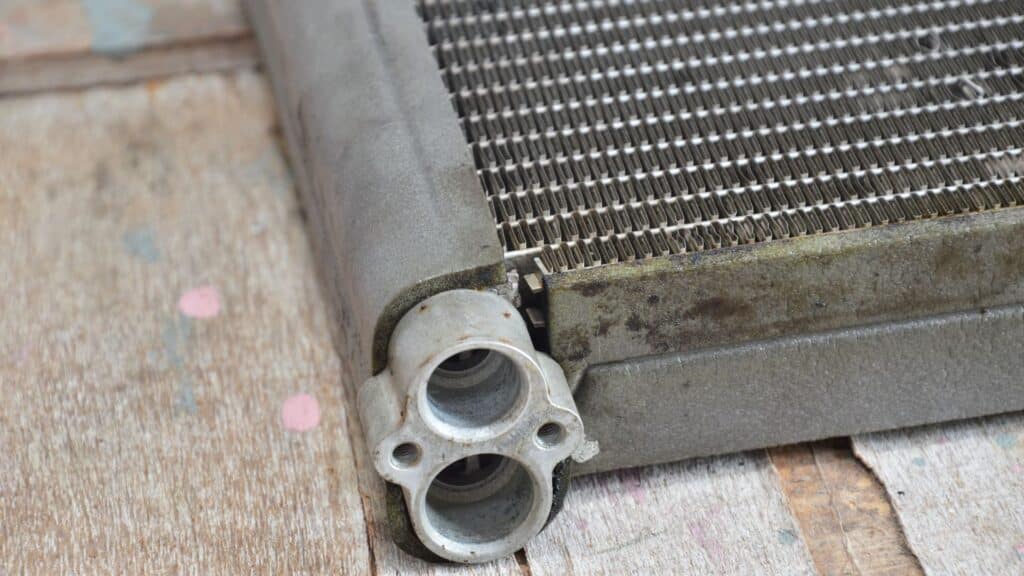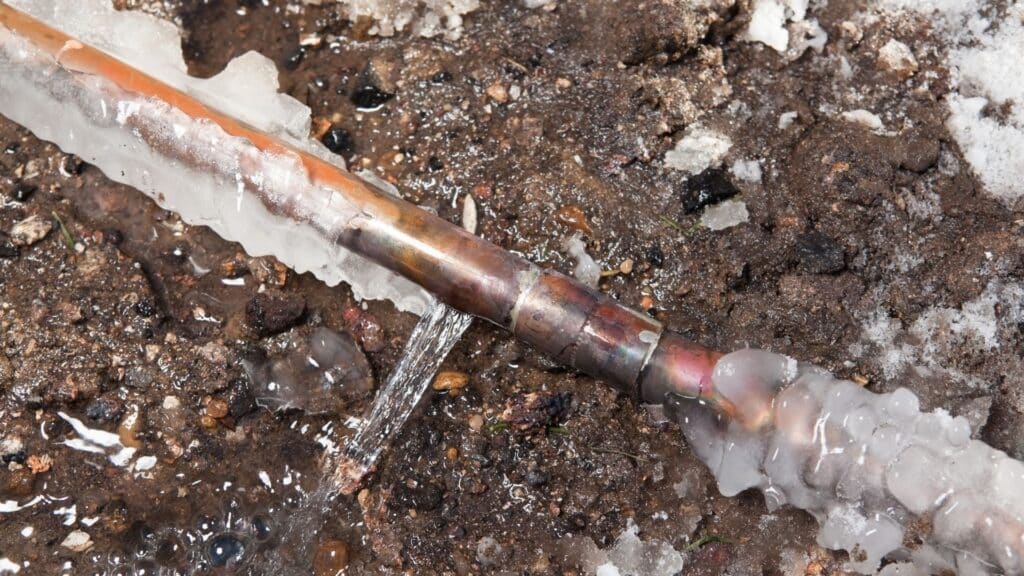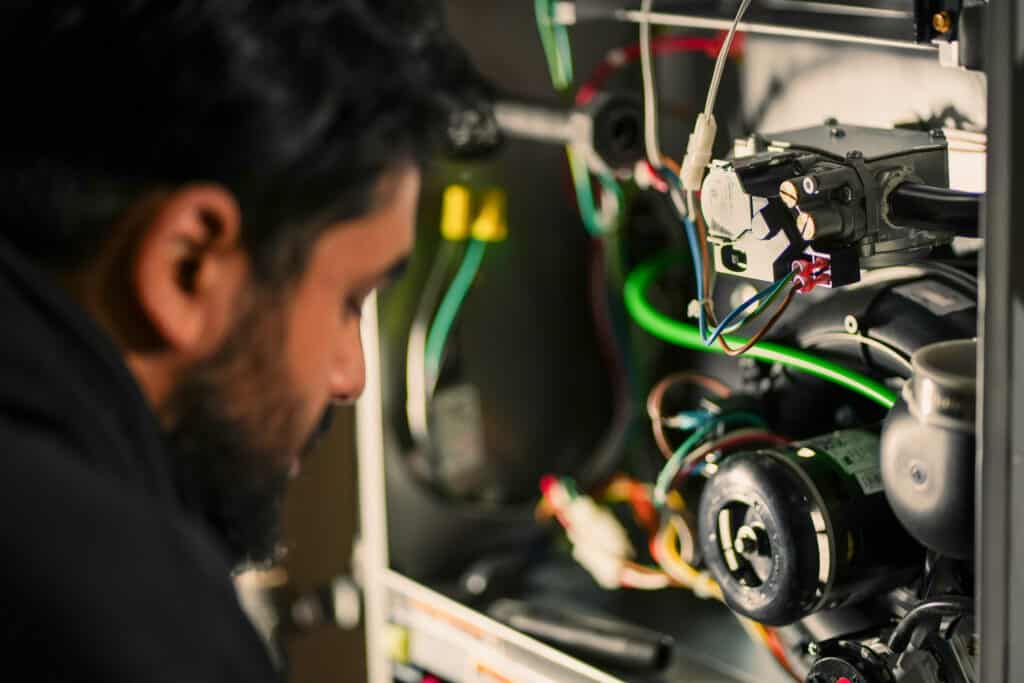When you turn on your air conditioner, you expect your home to cool down quickly and stay comfortable. But behind that cool air is a powerful and often overlooked element: refrigerant. This substance is the driving force behind the cooling process in all modern AC systems.
Understanding how refrigerant works, the different refrigerant types, and how leaks can affect performance will help you make better choices when it comes to AC repair, maintenance, or replacement. If you’re looking into Calgary AC services, this guide gives you the basics you need to know.
What Is Refrigerant and Why Is It Important?
Refrigerant is a chemical compound used in AC units to absorb and release heat. It travels through your cooling system in a closed loop, changing from a gas to a liquid and back again to cool your home.
The refrigerant flows through the evaporator coil inside your house, where it absorbs heat from the indoor air. It then moves to the compressor and through the condenser coils in the outdoor unit (also known as the condensing unit), where it releases that heat outside. This heat exchange is what allows air conditioning units to transfer heat out of your home, making indoor spaces comfortable.
How the Cooling Process Works
The cooling process in air conditioning systems depends on the refrigerant’s ability to change states:
Warm indoor air passes over the evaporator coil.
The refrigerant inside the coil absorbs the heat, turning into a gas.
The gas travels to the compressor and is pressurized.
The refrigerant moves to the condenser coil where it releases the absorbed heat.
The cooled refrigerant becomes a liquid again and returns to repeat the cycle.
Without refrigerant, your cooling system wouldn’t be able to cool your home at all.
Common Refrigerant Types
Over time, refrigerant types have evolved to meet modern safety and environmental standards. The most common ones include:
R-22 (Freon): Older refrigerant, now being phased out due to its environmental impact.
R-410A (Puron): The current standard for most residential air conditioning units. It is more energy-efficient and environmentally friendly than R-22.
R-32 and R-454B: Newer refrigerants gaining popularity for their lower impact on global warming and better performance.
If your system still uses R-22, it may be time to consider upgrading your AC unit to a more efficient model that uses modern refrigerants. This is especially important for homeowners looking for long-term savings and reduced environmental harm.
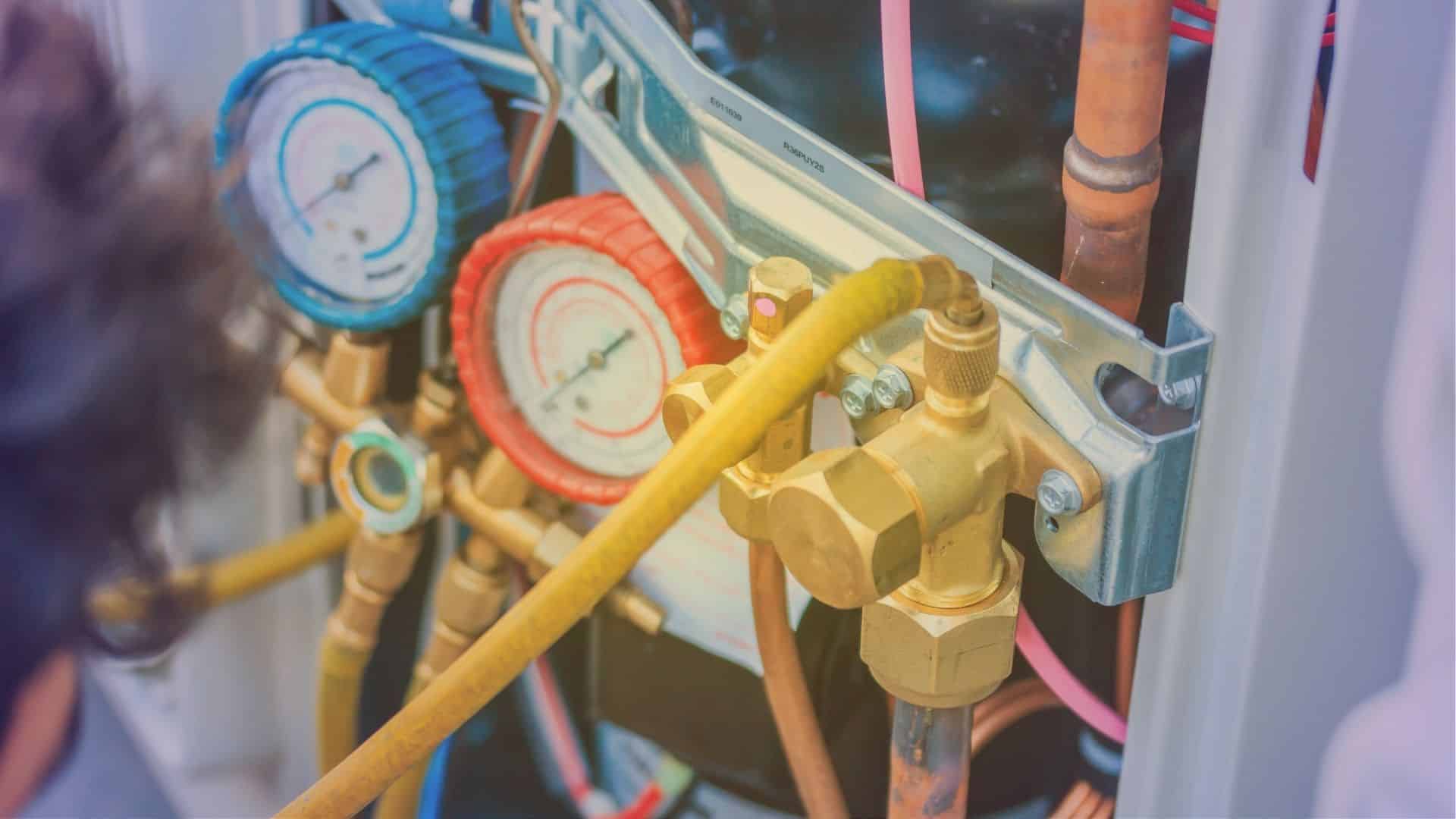
Signs of Refrigerant Leaks
Refrigerant leaks are one of the most common and serious problems in AC systems. Leaks reduce cooling efficiency, raise your energy bills, and put stress on the components, leading to more wear and tear.
Watch for these signs:
Your AC is blowing warm or weak air
Ice buildup on the evaporator coil or refrigerant lines
Hissing or bubbling noises from the outdoor unit
Higher-than-usual electricity bills
If you suspect a leak, contact an HVAC repair professional immediately. Leaks not only reduce performance but can also be harmful to the environment.
How Refrigerant Impacts Efficiency
The Department of Energy recommends maintaining proper refrigerant levels to keep your AC system running efficiently. Too little refrigerant means your unit will work harder to achieve the same cooling capacities, leading to higher energy bills and reduced comfort.
Smart thermostats can help detect inefficiencies by showing unusual temperature fluctuations or longer run times, which may point to refrigerant-related issues.
Choosing the Right System for Your Home
If you’re shopping for a new AC unit, understanding refrigerant types can help you choose a system with better energy performance and lower environmental impact. Split systems and central air conditioners using R-410A or newer refrigerants offer excellent cooling performance and are safer for the environment.
Consider:
The refrigerant used
Cooling capacities suited to your home size
Compatibility with existing ductwork and furnace installations
Ongoing maintenance costs
Working with a trusted Calgary AC services provider like AAA Heating and Plumbing ensures that your system is properly installed, maintained, and safe for long-term use.
Refrigerant is at the core of how your air conditioning unit functions. From absorbing indoor heat to releasing it outdoors, the refrigerant drives the entire cooling process.
Whether you’re dealing with refrigerant leaks, scheduling routine service, or planning to upgrade your AC system, knowing how refrigerants work and which type your system uses gives you an edge in keeping your home comfortable and your costs low.
For reliable AC services in Calgary, including expert repairs and installations, trust the team at AAA Heating and Plumbing to get the job done right.
FAQ: Refrigerant and Air Conditioning
Can I top up my AC refrigerant myself?
No. Handling refrigerants requires certified technicians due to environmental safety regulations and the complexity of AC systems.
How long does refrigerant last in an AC unit?
Refrigerant doesn’t “run out.” It should last the life of the unit unless there is a leak.
What happens if my AC has a refrigerant leak?
Your system may lose cooling capacity, ice may form on coils, and your energy bills can increase. It also puts pressure on your HVAC system.
Is R-22 refrigerant still legal in Canada?
No. R-22 is being phased out in Canada and is no longer used in new systems. Upgrading is strongly recommended.
Are modern refrigerants better for the environment?
Yes. New refrigerant types like R-410A and R-32 have lower global warming potential and higher energy efficiency ratings.

